
Tongli sludge dryer is a device used to remove moisture from sludge generated during sewage treatment. Its main purpose is to reduce the volume of sludge for easier handling or disposal. Sludge dryer is a sludge drying equipment specially developed and designed for materials such as sludge, which has the characteristics of high moisture, high viscosity, high water holding capacity and low calorific value. Special design is made on the internal structure of the dryer, which not only improves the thermal efficiency, but also effectively avoids the sticking and over-drying of sludge in the dryer. Materials with a moisture content of 90% can be dried to finished products at one time.


State-of-Art Sludge Drying Solution
A MACHINE YOU CAN DEPEND ON!
The service life of the sludge dryer manufactured by Tongli Company using corrosion-resistant and high-temperature resistant materials can usually reach more than 20 years.
Tongli sludge dryer is made of highly corrosion-resistant and high-temperature resistant materials, suitable for long-term high-intensity work, and has a service life of more than 10 years. Its core components such as the cylinder and drive system have excellent corrosion resistance, can operate stably under harsh working conditions, and reduce downtime and maintenance costs.
The noise level of Tongli sludge dryer is controlled at 70-85 dB(A) during operation, which meets environmental protection requirements. The content of suspended particulate matter in the exhaust gas is usually less than 50 mg/Nm³, and the odor concentration is less than 20 OU/m³, which meets national and local environmental protection standards and ensures environmental friendliness.
Tongli sludge dryer adopts a combined two-combustion chamber, which makes it suitable for drying high-viscosity materials such as municipal sludge, industrial sludge, etc., greatly expanding the application range of traditional single-channel dryers. This design not only improves drying efficiency, but also reduces blockage and maintenance times, and the processing capacity can reach 20-60 tons/hour.
| Model | Production Capacity (t/h) | Power (kW) | Drum Speed (r/min) | Reducer Model | Weight (t) |
| Φ0.6×8 m | 1.5-2.8 | 4 | 8 | JZQ 250-16-I | 5.1 |
| Φ0.8×10 m | 3.0 | 4 | 7.5 | JZQ 350-16-I | 6.9 |
| Φ1.0×10 m | 3.3-4.9 | 5.5 | 5.8 | JZQ 400-16-I | 7.5 |
| Φ1.2×10 m | 4-6 | 7.5 | 4.8 | ZL 50-16-I | 13.5 |
| Φ1.5×12 m | 4-6 | 10 | 4.8 | JZQ 500-III-2F | 18.9 |
| Φ1.5×15 m | 7-12 | 18.5 | 4.8 | ZQ 500-III-2F | 21 |
| Φ1.8×12 m | 7-12 | 18.5 | 4.1 | JZQ 50-16-II-2 | 22.83 |
| Φ2.2×12 m | 12 | 18.5 | 3.2 | JZQ 650-III | 37.6 |
| Φ2.2×14 m | 12 | 22 | 3.2 | JZQ 650-III | 40 |
| Φ2.2×16 m | 10-13 | 30 | 3.2 | JZQ 750-III | 45 |
| Φ2.4×14 m | 10-14 | 30 | 3.0 | JZQ 750-III | 51 |
| Φ2.4×18 m | 25 | 37 | 3.0 | ZL 85-13-I | 54 |
| Φ2.4×20 m | 32-36 | 37 | 3.0 | ZL 85-13-I | 54.14 |
| Φ3.0×20 m | 40-50 | 55 | 2.59 | ZL 100-16-I | 78 |
| Φ3.0×25 m | 45-58 | 75 | 2.59 | ZL 100-16-I | 104.9 |
QUALITY NEVER GOES OUT OF STYLE
The sludge enters the guide plate inside the dryer through the chute from the feeder. As the cylinder rotates, the sludge is guided to the inclined lifting plate and lifted to the center of the cylinder. It gradually falls to form a material curtain, and the high-temperature airflow passes through it, preheating the sludge and evaporating part of the water.
When the sludge falls and moves to the movable grate wing plate, the material is mixed with the preheated grate wing plate, transferring heat to the material, causing part of the water to evaporate. At the same time, the wing plate carries the material to be lifted and sprinkled, and repeats many times, and the material and the hot air flow undergo convection and contact heat exchange. At the same time, the cleaning device buried in the material also slides down along the inner side of the arc-shaped lifting plate to clean up the material adhered to the inner wall of the lifting plate.
After the cleaning device rotates through the vertical line with the cylinder, it drags on the back of the arc lifting plate to clean up the material adhered to the outer wall of the lifting plate. As the cylinder rotates continuously, part of the water evaporates and the sludge is further dried. At the same time, the cleaning device also breaks up the sludge balls, which increases the drying speed. After drying, the sludge becomes a loose material with low moisture content and is discharged from the discharge port.
Improve heating efficiency: Ensure that the heating system (such as hot air furnace, steam boiler, electric heating element) operates normally, and regularly inspect and maintain to improve heating efficiency.
Heat recovery: Use heat recovery system (such as waste heat recovery device) to recover and utilize waste heat generated during drying, reduce energy consumption and improve heating efficiency.
Improve heat exchange efficiency: Select high-efficiency heat exchanger or optimize the design of existing heat exchange system to improve heat transfer efficiency.
Improve material conveying system: Optimize the conveying and distribution of sludge in the dryer so that it is evenly distributed in the heating area, thereby improving drying efficiency.
Equipment maintenance: Regularly inspect and maintain equipment, including cleaning heating elements, checking seals, cleaning exhaust systems, etc., to ensure normal operation of equipment.
Parts replacement: Replace worn or damaged parts in time to maintain equipment performance and output.
Pretreatment optimization: Effective pretreatment of sludge, such as dehydration or chemical treatment, reduces the initial water content of sludge, thereby reducing the load of the dryer and improving treatment efficiency.
The maintenance and care of the sludge dryer is essential for its long-term stable operation. First of all, the lubrication system of the equipment should be checked regularly to ensure that all bearings, gears and transmission parts are fully lubricated to reduce friction loss. Especially when dealing with high-humidity sludge, due to its high viscosity, it is easy to cause the equipment load to increase, so more attention needs to be paid to the lubrication and operation of key components.
Secondly, the internal cleaning of the sludge dryer is the focus of maintenance work. Since the sludge contains more impurities and moisture, long-term operation will cause dirt accumulation in the drying cylinder, affecting the drying efficiency. Therefore, it is recommended to thoroughly clean the drying cylinder after each use, especially where the material is severely adhered.
In addition, it is essential to regularly check the performance of the hot air furnace and exhaust system. The exhaust gas and high-temperature gas generated during the sludge drying process need to be discharged through the exhaust system. If the pipe or filter is blocked, it will affect the drying efficiency and may even cause safety hazards. Therefore, it is recommended to regularly maintain the exhaust system, clean the accumulated dust, and ensure smooth discharge.
Finally, the electronic control system of the sludge dryer should be checked in time to prevent failures caused by aging of electrical components or poor contact. Through regular maintenance and care, the service life of the sludge dryer can be effectively extended and the working efficiency of the equipment can be improved.
1) Poor drying effect: When the drying effect is not ideal, it may be due to improper temperature setting, heating system failure or excessive feed humidity. The temperature should be checked and adjusted first to ensure that the heating temperature is within a reasonable range. At the same time, check whether the heating system is working properly. If there is a problem, it needs to be repaired or replaced in time. In addition, it is recommended to pre-treat the sludge to reduce humidity and ensure uniform feed. Adjust the air flow distribution to ensure that the air flow flows evenly in the equipment to improve the drying effect.
2) Unstable equipment operation: Unstable equipment operation is usually related to temperature or humidity sensor failure, automatic control system problems and equipment component wear. The accuracy of the sensor can be ensured by checking and calibrating it, while the automatic control system is checked and the faulty parts are repaired or replaced. In addition, regular maintenance of equipment components and replacement of worn parts can help keep the equipment running smoothly.
3) Excessive energy consumption: The reasons for excessive energy consumption of the equipment may include inefficient heating system, poor equipment insulation performance or unreasonable system design. To this end, it is necessary to check the heating system and optimize its efficiency and ensure that the insulation layer of the equipment is intact. If necessary, the system can be optimized or upgraded to reduce energy waste and improve overall efficiency.
4) Excessive equipment noise: Excessive noise is usually caused by wear of the fan or other moving parts, dust accumulation inside the equipment, or unstable installation. The fan and other moving parts should be checked regularly and lubricated or replaced as necessary to ensure balanced operation. Clean the inside of the equipment regularly to avoid sludge blockage. At the same time, ensure that the equipment is firmly installed to reduce noise caused by vibration.
5) Odor problem: Odor problems may be caused by incomplete sludge treatment, poor exhaust system, or poor equipment sealing. Ensuring that the sludge is completely dry can effectively reduce odor. The exhaust system should be checked and cleaned regularly to ensure its normal operation. In addition, check the sealing part of the equipment and repair or replace damaged seals to prevent odor leakage.
6) Equipment overheating: Equipment overheating may be caused by a faulty temperature control system, a problem with the heating element, or a poor ventilation system. It is recommended to check the temperature control system and make necessary repairs. If the heating element is faulty, it should be replaced in time, and at the same time ensure that the ventilation system is operating normally to prevent the equipment from overheating and affecting operation.
7) Uneven discharging: Uneven discharging is usually caused by uneven feeding, internal structural problems of the equipment, or malfunction of the conveying system. Make sure that the feeding process is uniform to avoid blockage. Check the internal structure of the equipment and repair or adjust the problematic parts. It is also necessary to regularly maintain the mixing and conveying system and replace the faulty parts in time.
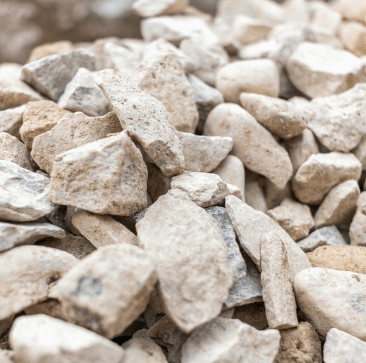
The dryer efficiently processes municipal sludge, reducing moisture and volume for safe disposal or reuse.

Ideal for drying industrial sludge from factories, minimizing water content for easier management and disposal.
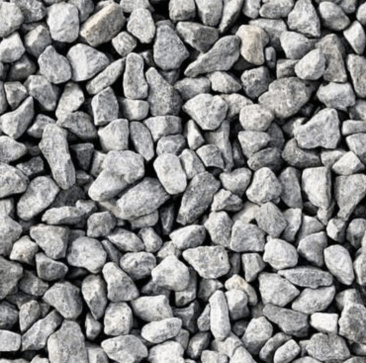
This dryer handles sewage sludge, converting it into dry, manageable waste for environmental sustainability.
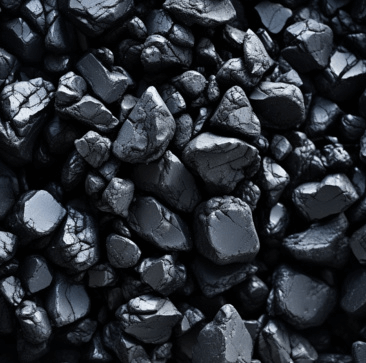
The dryer effectively treats chemical sludge, commonly generated from industrial processes, by reducing its moisture.
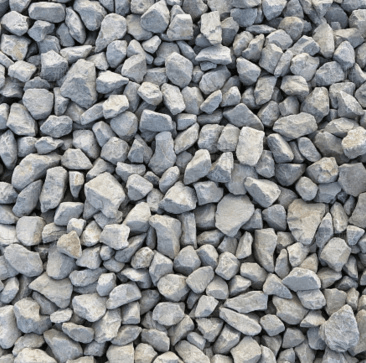
Suitable for drying organic food processing sludge, reducing water content to meet disposal regulations.

The dryer processes textile industry sludge, removing excess moisture to prepare it for safe disposal or further processing.
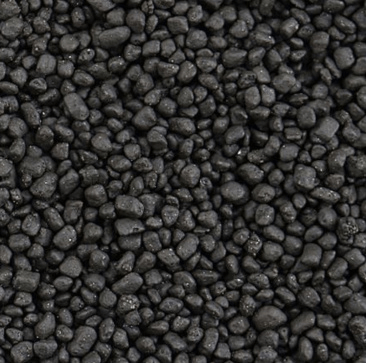
Ideal for drying paper mill sludge, this machine helps reduce the moisture content and volume for eco-friendly disposal.
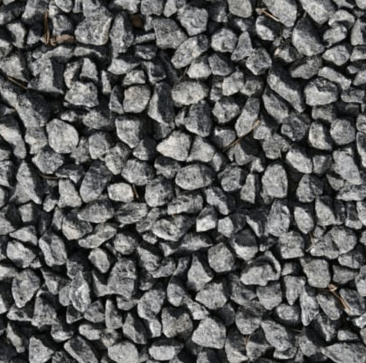
Efficient in drying mining sludge, especially from mineral processing, reducing moisture for waste management and reuse.
You can get in touch with us through the following contact information
AddressNo. 2289 Huancheng South Road, Tongxiang, Jiaxing, Zhejiang Province, China. Zip code:314500
Please fill in the sales inquiry form and our sales representatives will be in touch shortly.